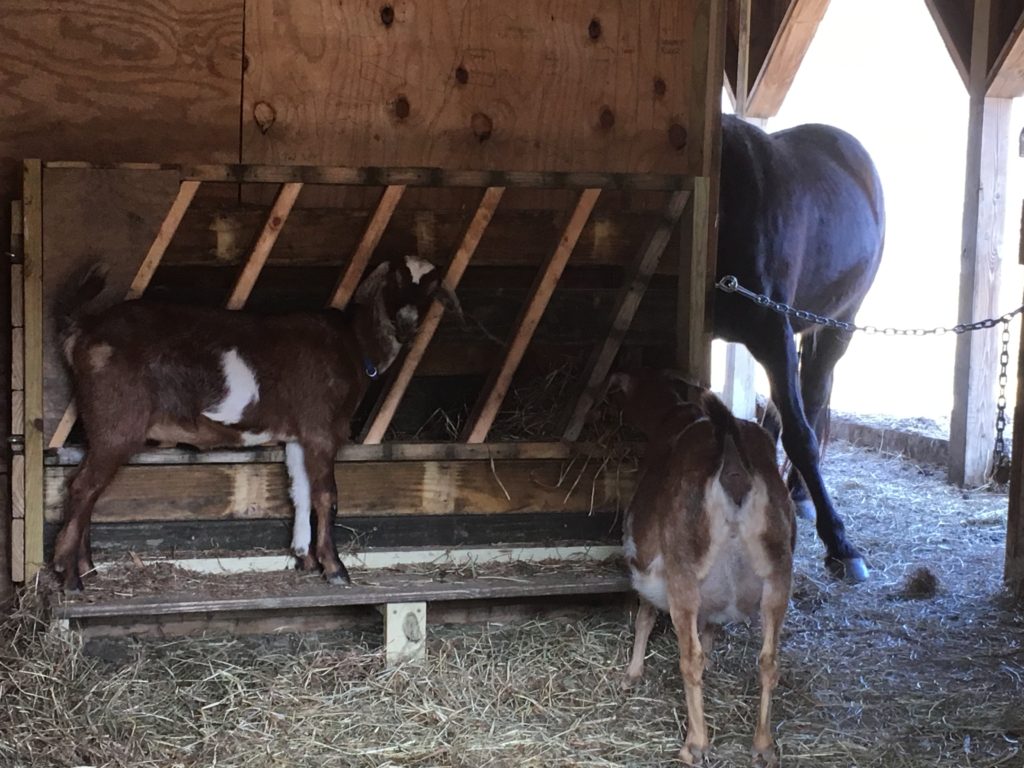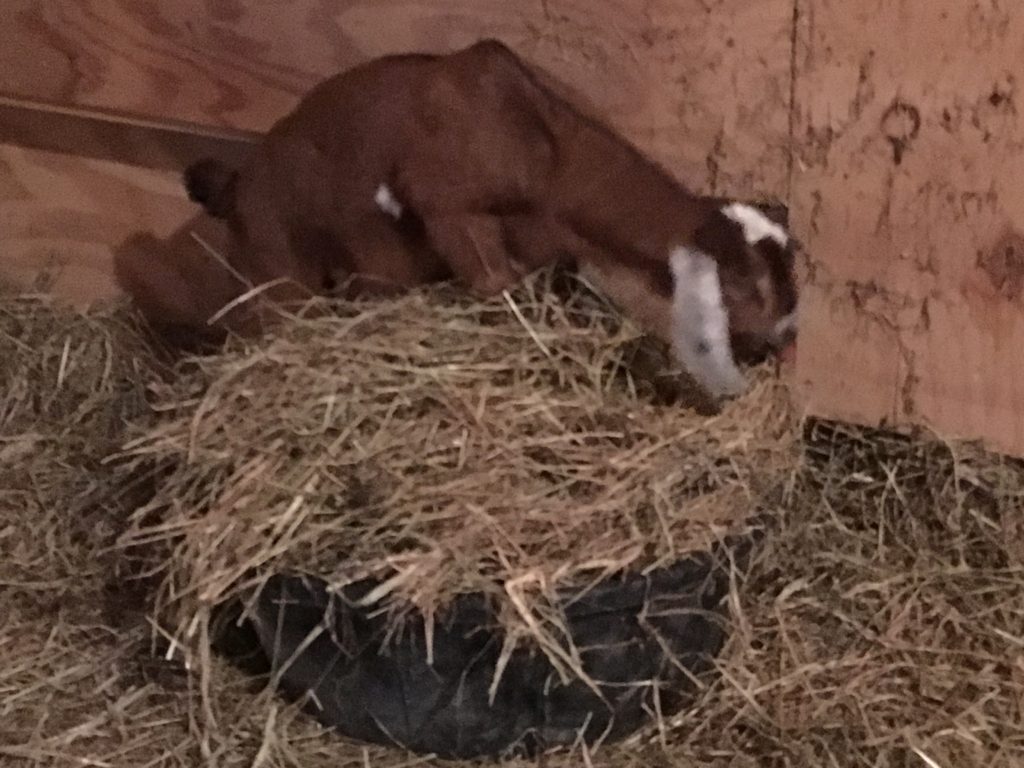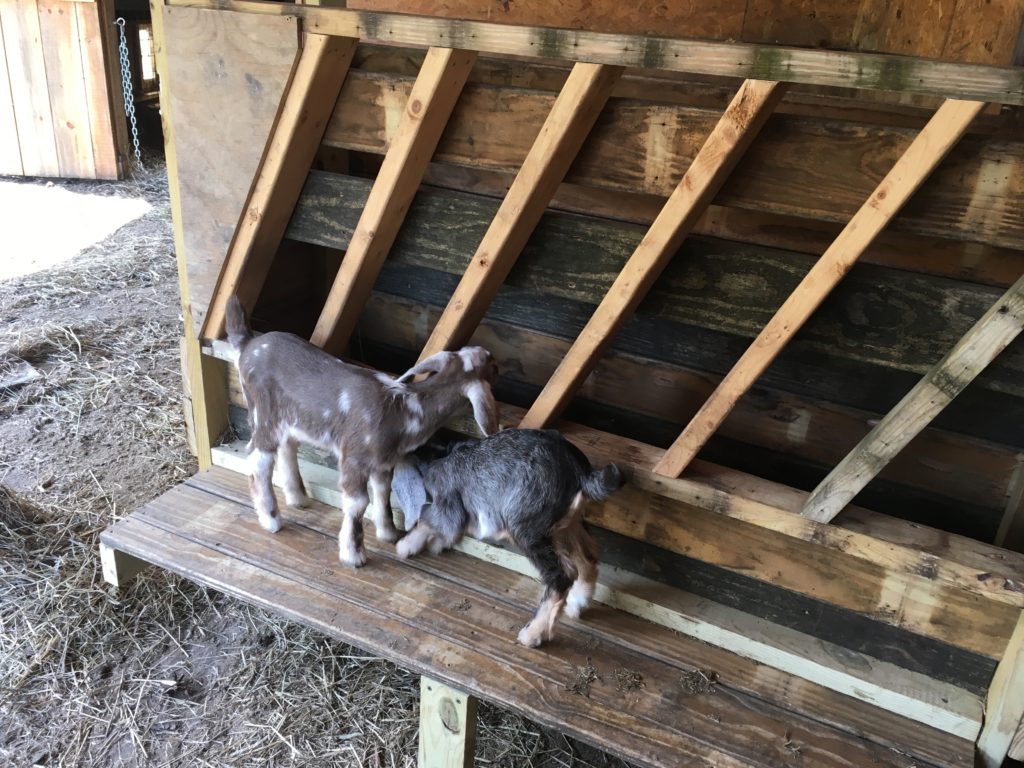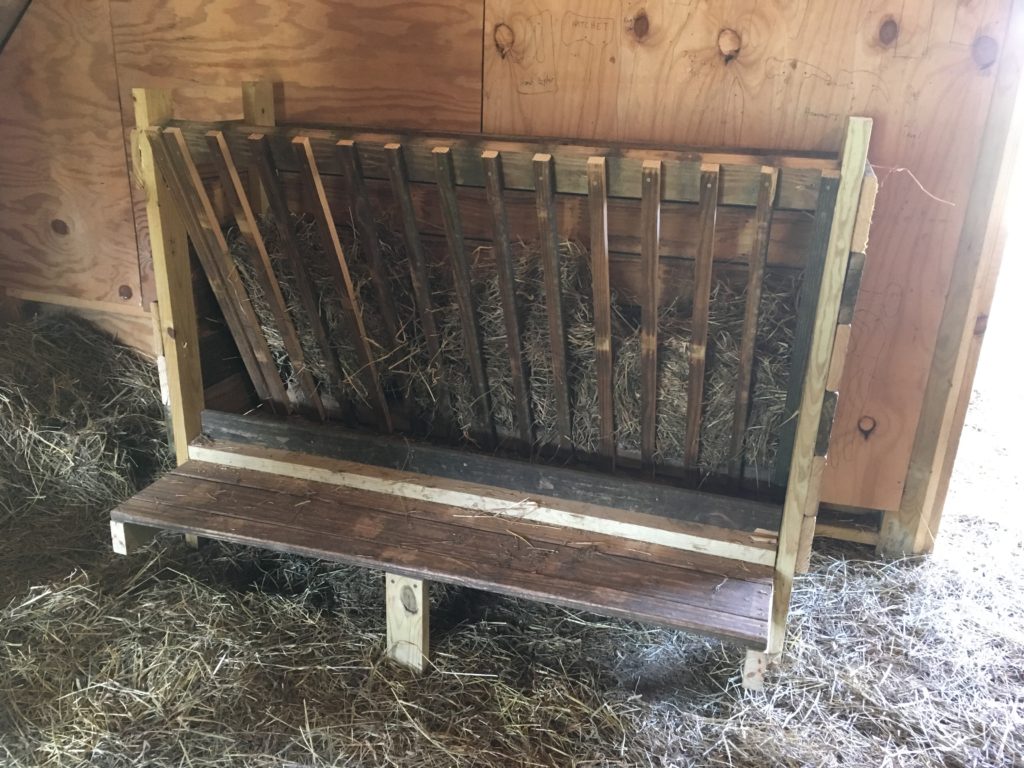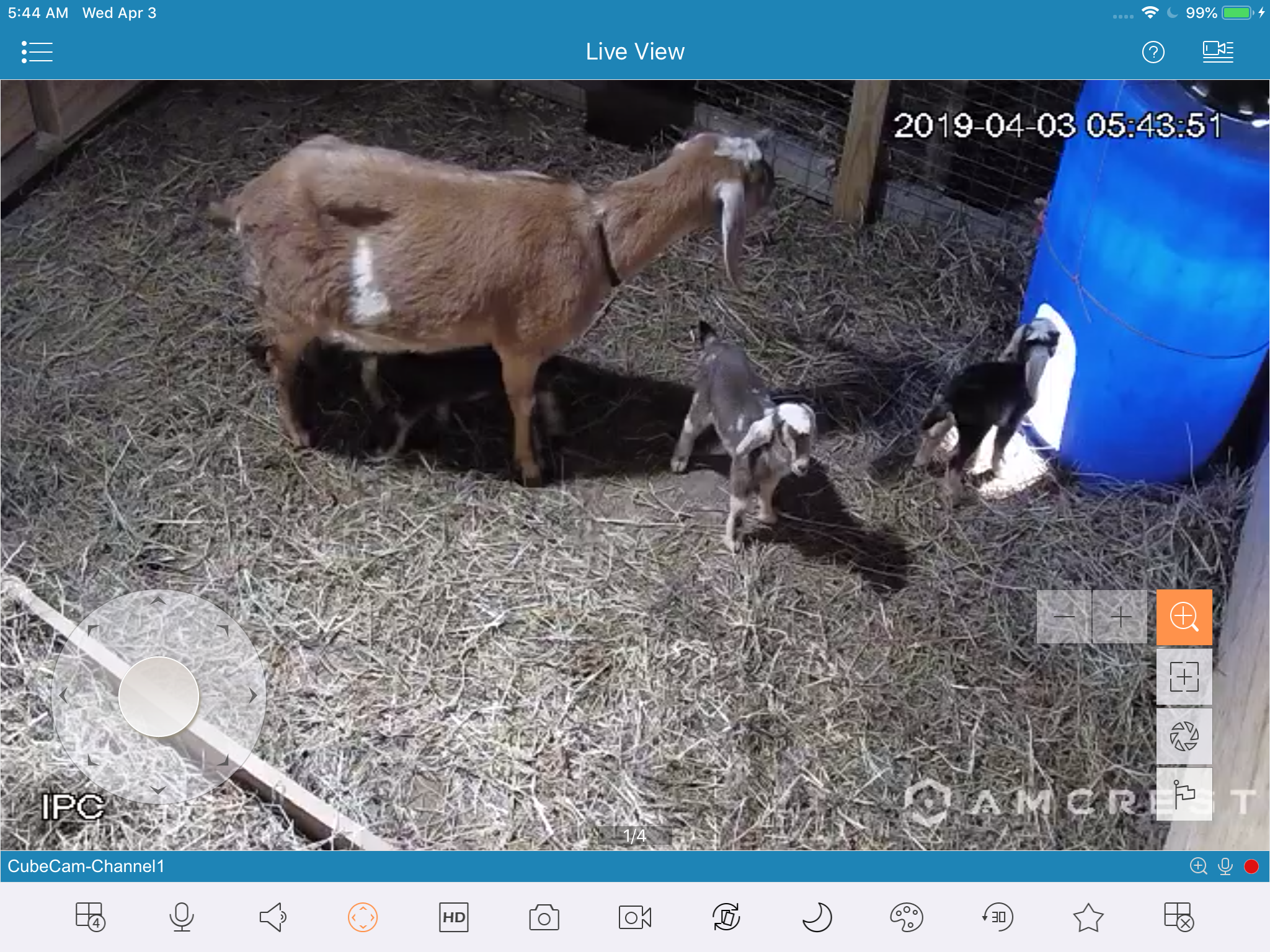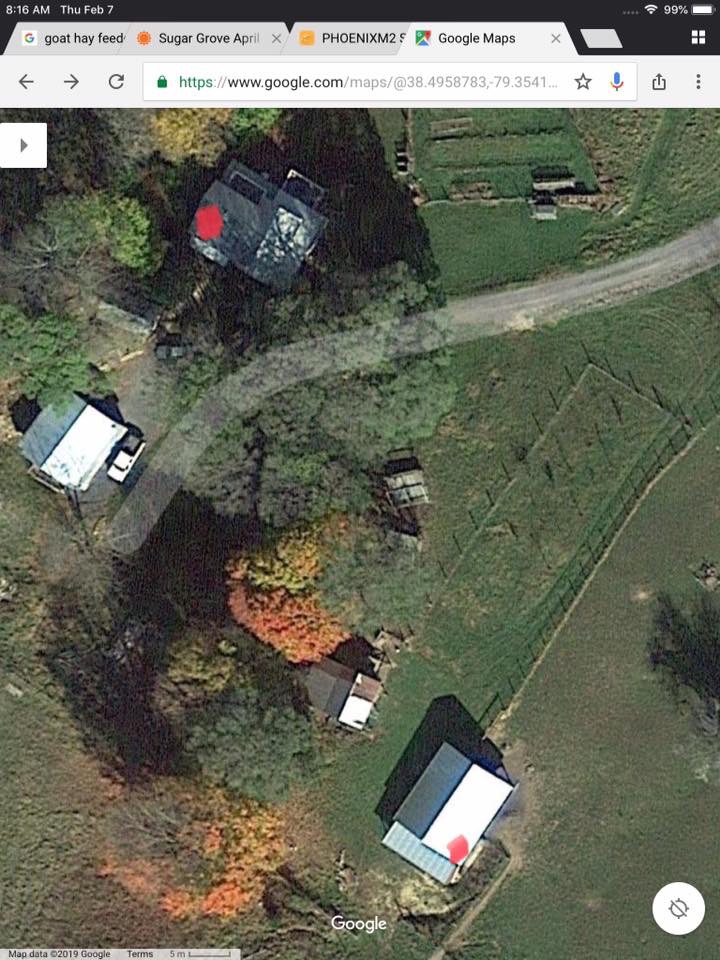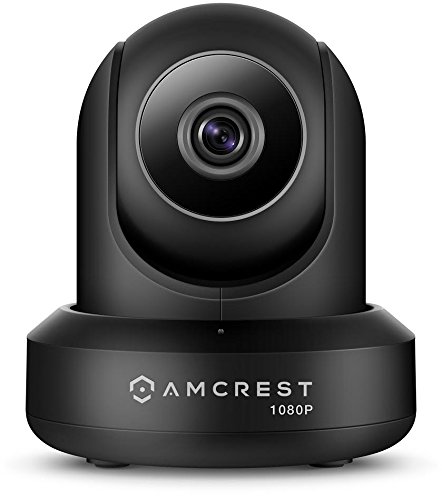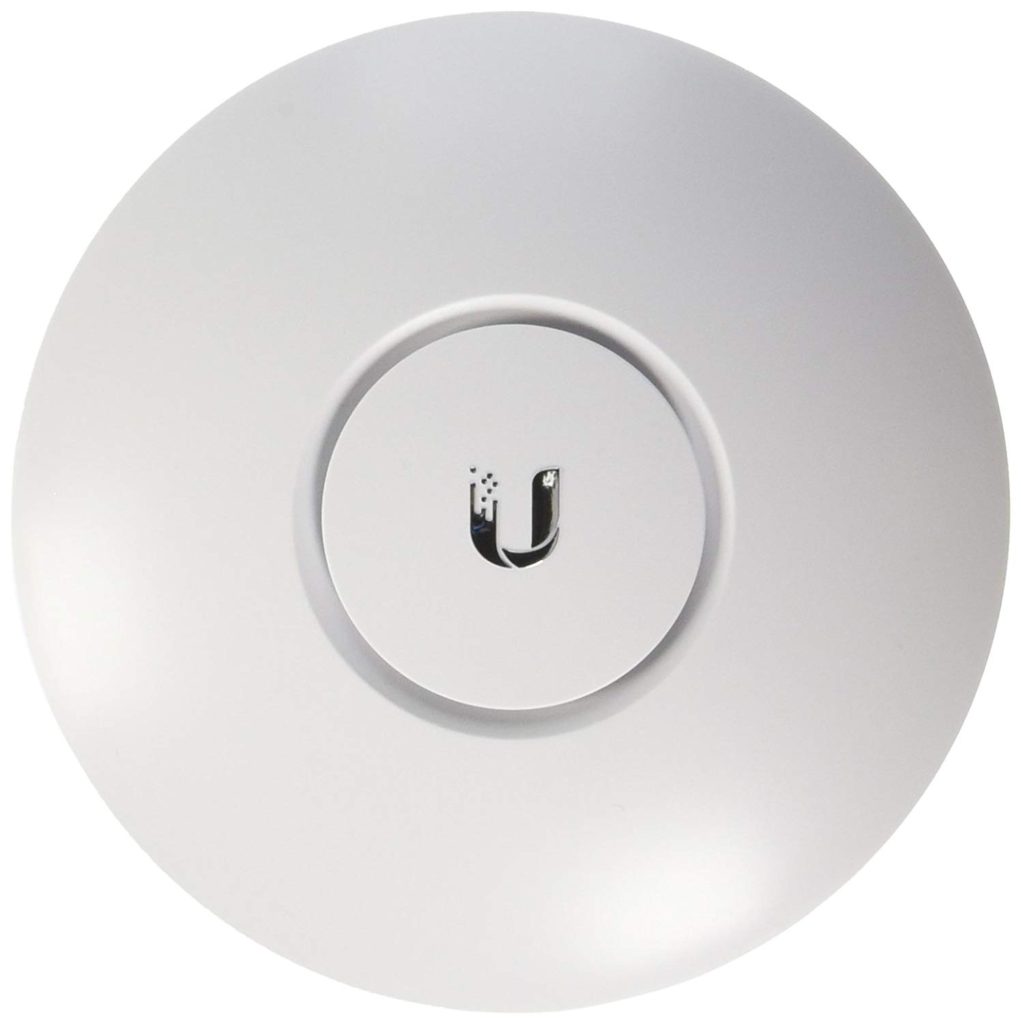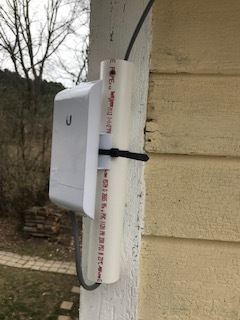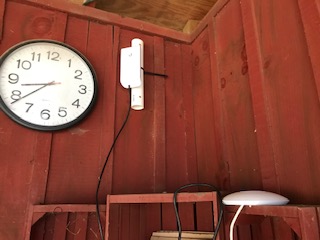We had a wonderful blessing on Saturday, June 8. Twins—a doeling and a buckling—were delivered safely to our doe named Milky Way, or Milcah to us in the barn. It was Milcah’s “first freshening” — meaning that she was a first time mom, and a young, small one at that. So, we were praying for twins, since each of them would be smaller than a single kid, especially a buckling.
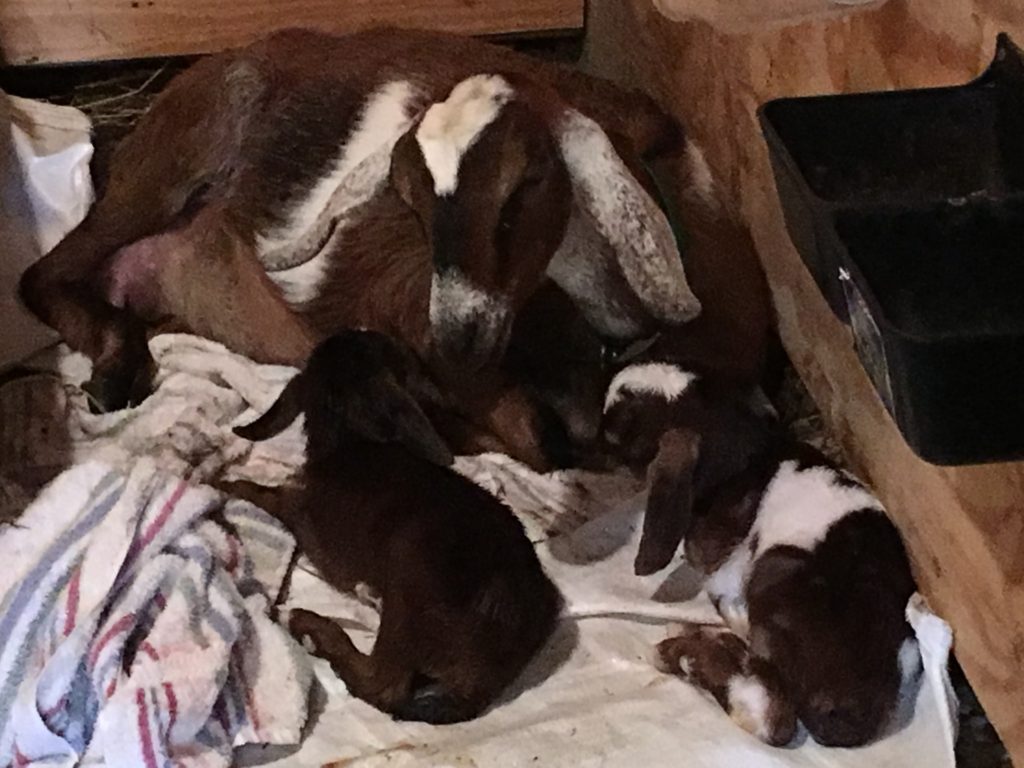
All went well for this birth, and we were thrilled. Milcah was, at first, a bit clueless, but after a few hours became strongly bonded to her twins, and was everything we could wish for in a mother. After two days of “bonding” (read, being cooped up) with her twins, though, Milcah was braying to be out with the herd and eating grass! So, I began to keep time for her. I would see her nurse her twins, let her out, and then call her in to nurse again after two hours.
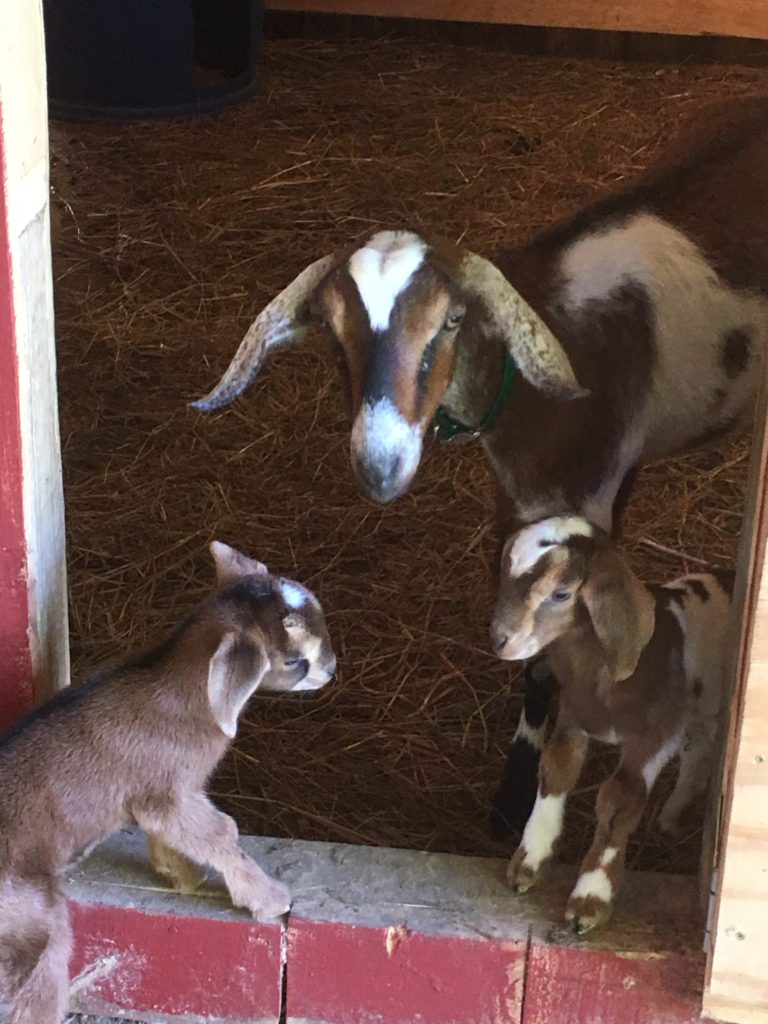
This went well for another two days, until the twins stopped sleeping after feeding and wanted to play outside. Cautiously, I let them meet the rest of the herd. All the does were very kind to the new kids, and I felt comfortable letting them into the three-acre field that is the most visible from our house of all our fields. Again, this worked well for a day, so I got comfortable with it.
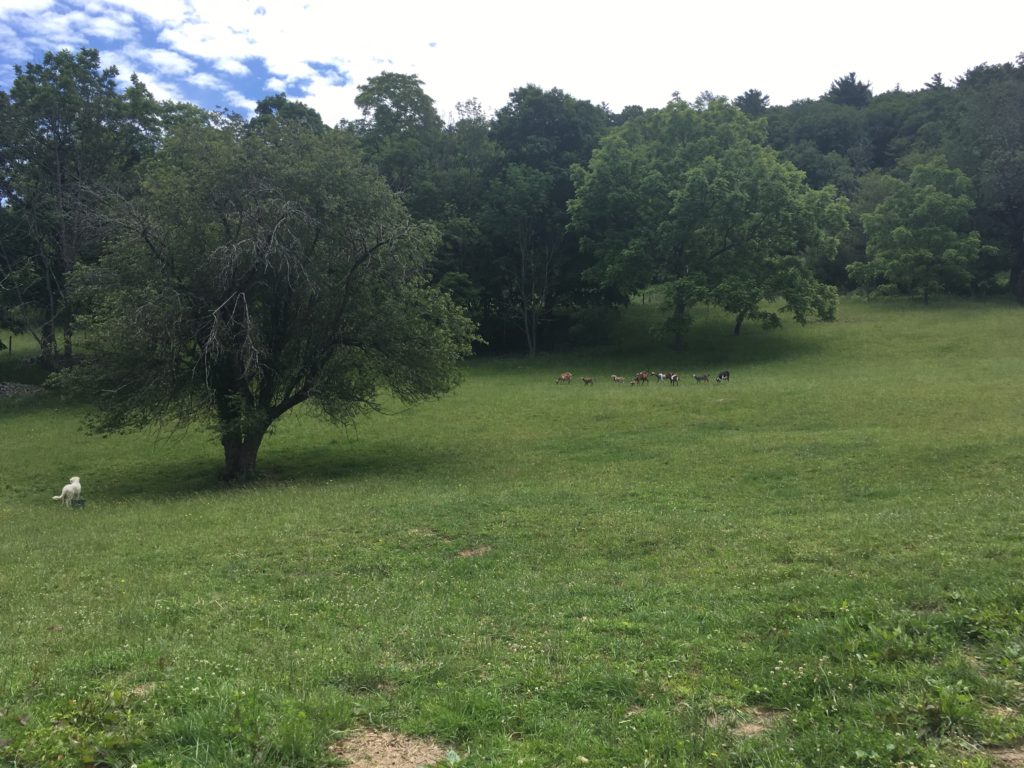
Mid-day, I decided to take a quick trip into town with my daughter to run an important errand. We were gone about an hour and a half, but on the way home, the heavens opened and it started to pour rain. I was figuring that Milcah would have gotten her kids safely in, but knowing that she’s a first time mom, it crossed my mind to be sure to check first thing when I got home. So, I went right to the barn in the tapering rain, and looked.
They were not in their kid hut. They were not anywhere in the barn, but there was Milcah—alone. My heart sank. “Milcah!” I demanded, “Where are your kids!!?” She just looked at me.
So, into the rain I went. The field is about three acres… and then there’s a gate that opens onto a smaller field, about one and a half acres. I didn’t think they’d gone into the farther field, but there was that chance. I started going around the edges, and especially into the woods, where the herd often chooses to graze. The grass is tall in places, and there are brambles and there are sparse woods. My jeans got soaked by the tall grass and wet rose bushes as I searched. After about ten minutes, I called in reinforcements. My adult daughter, Marjorie, came out to search with me.
As we looked, the sky cleared, and the sun shone for about ten minutes. Then it darkened again, and rained gently. I was thinking about the little tiny kids being wet and cold… there was a decent breeze along with the rain and sunshine. 😕 They were SO small~ I knew they would be so easy to miss. I prayed that God would open our eyes as we searched!
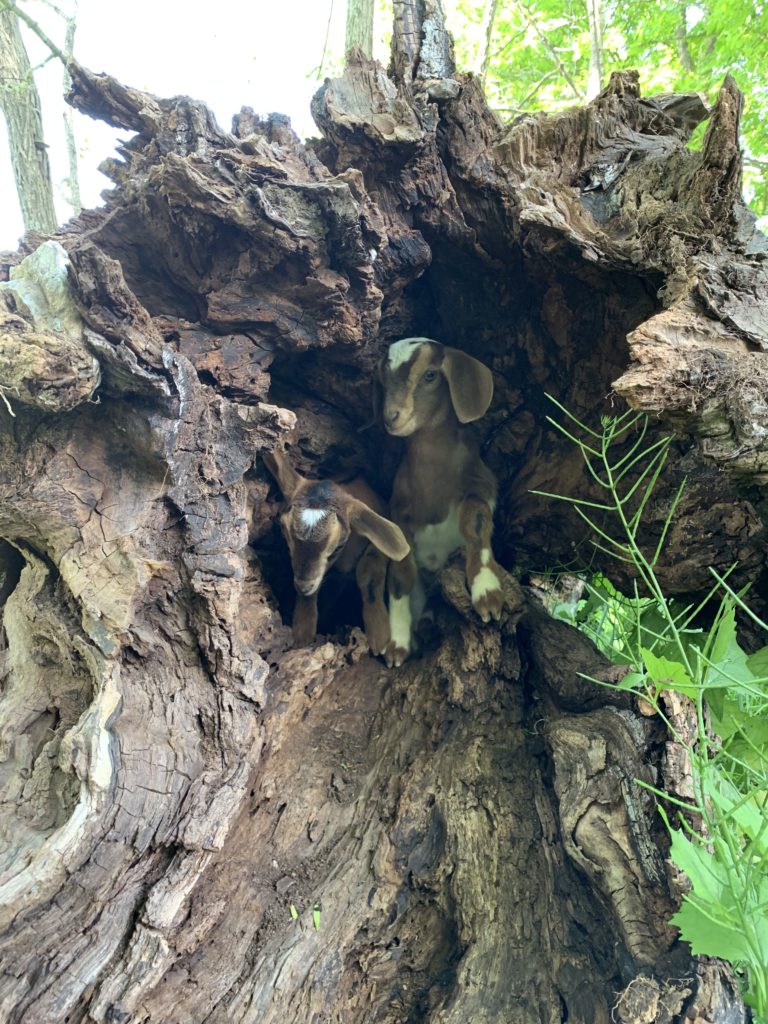
After we had searched separately for about ten more minutes wandering wherever we went in the field, I called to Marjorie, and we began a systematic sweep, as you would if you were mowing. We started around the perimeter, near the fence line, going side by side, about ten feet apart. We got up into the woods at the crown of the field and slowed and searched. Marjorie started to call, imitating Milcah’s timbre.
Then, to our relief, we heard them! A small, high-pitched bleating came from nearby, but we couldn’t see them. Then Marjorie heard it again. Then she saw them. They were warm, dry, and sleepy, just emerging from a hollow tree that had fallen down long ago. With great rejoicing and many grateful thanks to a good God, we took them up and brought them back to Milcah in the barn. Believe me, we’ve been keeping close tabs on them ever since!
